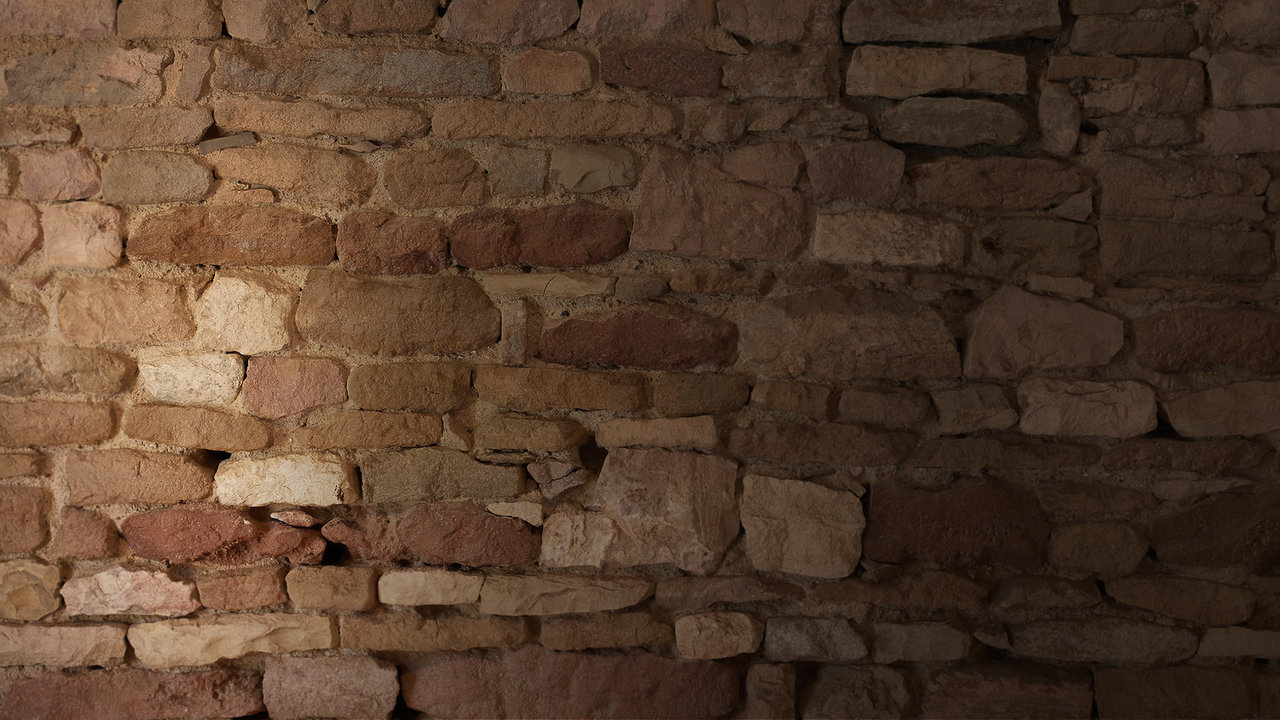Mercurey rouge Premier Cru
"En Sazenay"
 Terroir
Terroir
Our vineyard of En Sazenay was planted in 1998.
Total area : 1,5210 hectares (2,4710 acres)
Climat & Soil : South-east exposure, medium altitude on a coteau. The soil is dense
and rich in clay and silt.
Total area : 1,5210 hectares (2,4710 acres)
Climat & Soil : South-east exposure, medium altitude on a coteau. The soil is dense
and rich in clay and silt.
 Winemaking and Aging
Winemaking and Aging
To preserve their integrity, grapes are carefully harvested and sorted out by hand.
Before beginning the alcoholic fermentation we make a cold pre-fermentation during 4 to 6 days to work on the phelonic component's exctraction.
Grapes are previously partially destemmed (35% whole clusters). Then full maceration lasts for 15 days during which we'll use only pigeages (punching the cap). Intensity and numbers are lead to the concentration of tannins, perfumes and colour. Alcoholic fermentation is realized with natural yeasts.
AGING
After maceration, free and press wines are separated for aging. Aging process is taking place 100% in oak barrels during 17 months with around 20% of new barrels.
We only use French oak coming mainly from Bourgogne, Allier and Vosges forests.
The wine spends 3 months in tanks before bottling.
Before beginning the alcoholic fermentation we make a cold pre-fermentation during 4 to 6 days to work on the phelonic component's exctraction.
Grapes are previously partially destemmed (35% whole clusters). Then full maceration lasts for 15 days during which we'll use only pigeages (punching the cap). Intensity and numbers are lead to the concentration of tannins, perfumes and colour. Alcoholic fermentation is realized with natural yeasts.
AGING
After maceration, free and press wines are separated for aging. Aging process is taking place 100% in oak barrels during 17 months with around 20% of new barrels.
We only use French oak coming mainly from Bourgogne, Allier and Vosges forests.
The wine spends 3 months in tanks before bottling.
 Tasting notes
Tasting notes
EYE
Deep red and velvety colour.
NOSE
Expressive nose of ripe fruits. It develops aromas of cherries in Kirch and a floral
note of violet.
PALATE
The wine is very ample and fruit forward. Freshness is present until the finish.
Deep red and velvety colour.
NOSE
Expressive nose of ripe fruits. It develops aromas of cherries in Kirch and a floral
note of violet.
PALATE
The wine is very ample and fruit forward. Freshness is present until the finish.
 Food and wine pairings
Food and wine pairings
The Mercurey rouge Premier Cru 'En Sazenay' 2020 will nicely pair a red Tuna carpaccio.
 Service and cellaring
Service and cellaring
It can be served from now at 15-16°C or kept in cellar for 15 years.
 Art of tasting
Art of tasting
Owning great wines in your cellar is not enough, you also need to know how to serve them.
Température is an essential element, around 53-57° F for the white and 55-59°F for the red. And if you don't have the right tasting glass which will amplify the wines's aromas, you may considerably reduce your tasting pleasure.
A great glass gives a large ventilation surface to the wine and a tightening neck, which allow the nose to grasp more easily the richness and the complexity of a great wine.
Température is an essential element, around 53-57° F for the white and 55-59°F for the red. And if you don't have the right tasting glass which will amplify the wines's aromas, you may considerably reduce your tasting pleasure.
A great glass gives a large ventilation surface to the wine and a tightening neck, which allow the nose to grasp more easily the richness and the complexity of a great wine.


